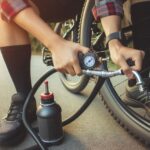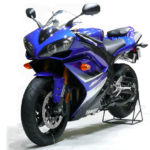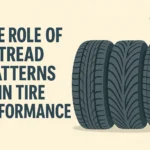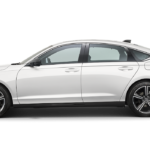
Maintaining the correct tire pressure is crucial for the performance, comfort, and safety of your road bike. Proper tire pressure can make your rides smoother, faster, and reduce the risk of flats. In this blog post, we’ll explore the factors that influence tire pressure, the recommended ranges, and tips for maintaining the right pressure for your road bike tires.
Why Tire Pressure Matters
Tire pressure affects several key aspects of your cycling experience:
- Performance: Properly inflated tires reduce rolling resistance, making it easier to maintain speed and efficiency.
- Comfort: The right tire pressure helps absorb road vibrations and bumps, providing a more comfortable ride.
- Grip and Handling: Correct tire pressure ensures optimal contact with the road, improving grip and handling.
- Puncture Resistance: Properly inflated tires are less prone to pinch flats and punctures.
Factors Influencing Tire Pressure
Several factors determine the ideal tire pressure for your road bike:
- Tire Width: Wider tires typically require lower pressure than narrower ones.
- Rider Weight: Heavier riders need higher tire pressure to support their weight and avoid bottoming out.
- Road Conditions: Rougher roads may call for slightly lower pressure to enhance comfort and grip.
- Weather: Temperature changes can affect tire pressure, with hot weather increasing pressure and cold weather decreasing it.
Recommended Tire Pressure Ranges for Road Bikes
Here are some general guidelines for road bike tire pressure based on tire width and rider weight:
25mm Tires:
- Light Riders: 75-85 psi (5.2-5.9 bar)
- Medium Riders: 85-95 psi (5.9-6.6 bar)
- Heavy Riders: 95-105 psi (6.6-7.2 bar)
28mm Tires:
- Light Riders: 65-75 psi (4.5-5.2 bar)
- Medium Riders: 75-85 psi (5.2-5.9 bar)
- Heavy Riders: 85-95 psi (5.9-6.6 bar)
These ranges are starting points. It’s important to experiment within these ranges to find the pressure that works best for your riding style and conditions.
How to Check and Adjust Tire Pressure
- Use a Quality Pump: Invest in a good floor pump with a pressure gauge to ensure accurate readings.
- Check Pressure Regularly: Tire pressure can decrease over time, so check it before every ride.
- Adjust as Needed: Use the pump to add or release air until you reach the desired pressure.
Tips for Maintaining Optimal Tire Pressure
- Monitor Temperature Changes: Be aware that tire pressure can fluctuate with temperature changes. Check and adjust accordingly.
- Consider Tubeless Setups: Tubeless tires allow you to run lower pressures without the risk of pinch flats, enhancing comfort and grip.
- Personal Preference: Some cyclists prefer slightly higher or lower pressures based on their personal comfort and performance preferences. Don’t be afraid to experiment.
- Avoid Over-Inflation: Too much pressure can make your ride harsh and increase the risk of punctures. Stick to the recommended ranges.
Conclusion
Maintaining the correct tire pressure is essential for getting the most out of your road bike. By considering factors like tire width, rider weight, road conditions, and personal preference, you can find the optimal pressure for your tires. Regularly check and adjust your tire pressure to ensure a smooth, efficient, and comfortable ride. Happy cycling!








